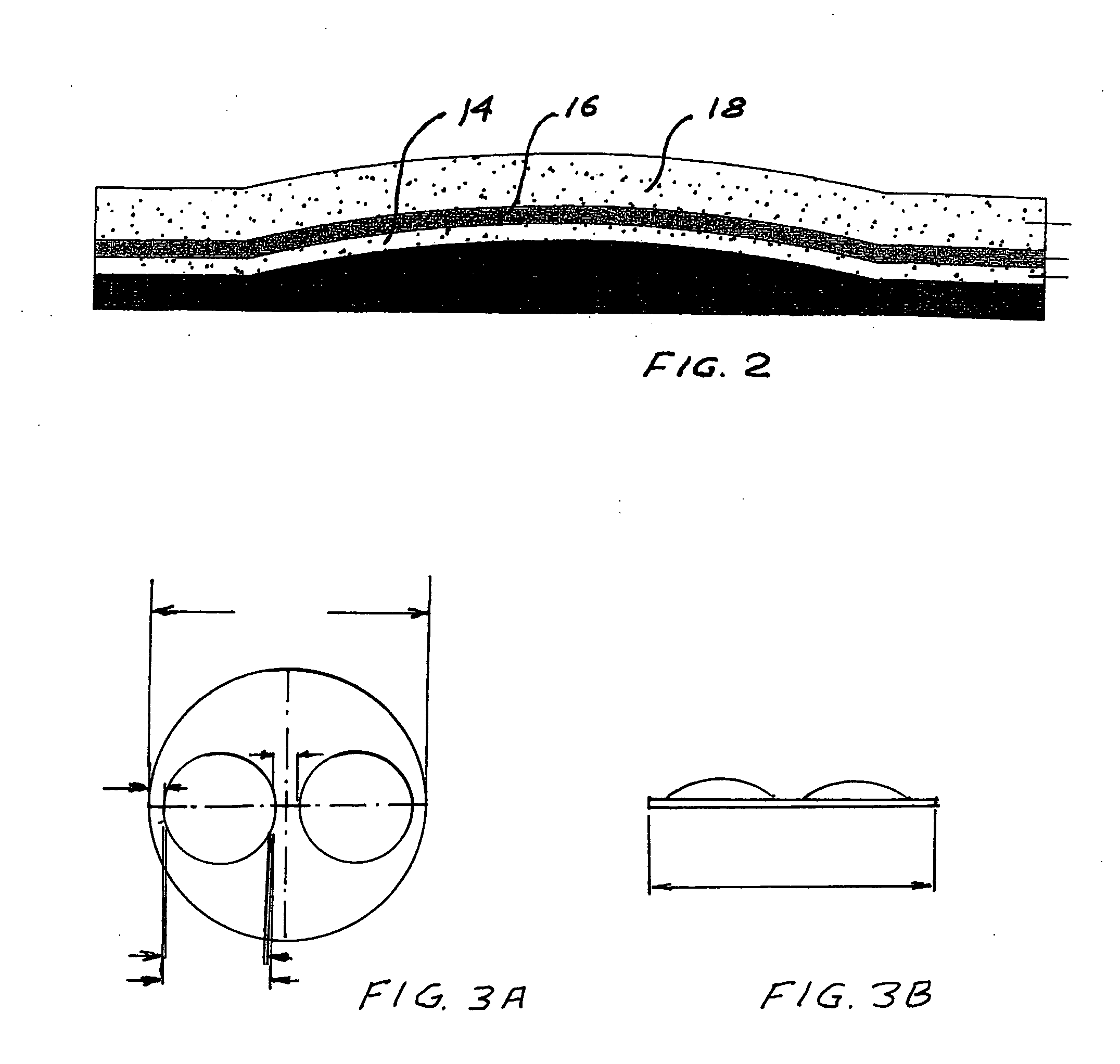Process for making triple graded CVC-CVD-CVC silicon carbide products
a silicon carbide and triple grade technology, applied in the field of stress-free, thermally stable silicon carbide (sic) composites, can solve the problems of high manufacturing and fabrication costs of lightweighted optics, high toxic and expensive procurement and fabrication, and polished surfaces, etc., to achieve precise optical prescriptions, easy grounding and polishing, and high purity
- Summary
- Abstract
- Description
- Claims
- Application Information
AI Technical Summary
Benefits of technology
Problems solved by technology
Method used
Image
Examples
Embodiment Construction
Applicant's CVC-CVD-CVC Process
[0032]As explained in the background section, Applicant's employer has developed, patented and trademarked its CVC process for making stress-free, thermally stable, high purity silicon carbide products. CVD processes are well known and similar to the Applicant's CVC process except that micron-scale solid particles are not used in CVD silicon carbide. The present invention marries the superior optical and thermo-mechanical properties of CVD SiC and the virtually stress-free grain structure of CVC SiC to produce silicon carbide products far superior to products produced by CVD alone.
The CVC Process
[0033]To make CVC SiC an aerosol of solid micron-scale SiC particles is entrained within a reactant chemical vapor precursor and injected into a high temperature furnace. The aerosol mixture reacts at high temperature to form high purity solid CVC SiC on a heated graphite substrate. The chemical process is analogous to chemical vapor deposition (CVD), which sim...
PUM
| Property | Measurement | Unit |
|---|---|---|
| melting point | aaaaa | aaaaa |
| surface roughness | aaaaa | aaaaa |
| aspect ratio | aaaaa | aaaaa |
Abstract
Description
Claims
Application Information
 Login to View More
Login to View More - R&D
- Intellectual Property
- Life Sciences
- Materials
- Tech Scout
- Unparalleled Data Quality
- Higher Quality Content
- 60% Fewer Hallucinations
Browse by: Latest US Patents, China's latest patents, Technical Efficacy Thesaurus, Application Domain, Technology Topic, Popular Technical Reports.
© 2025 PatSnap. All rights reserved.Legal|Privacy policy|Modern Slavery Act Transparency Statement|Sitemap|About US| Contact US: help@patsnap.com



